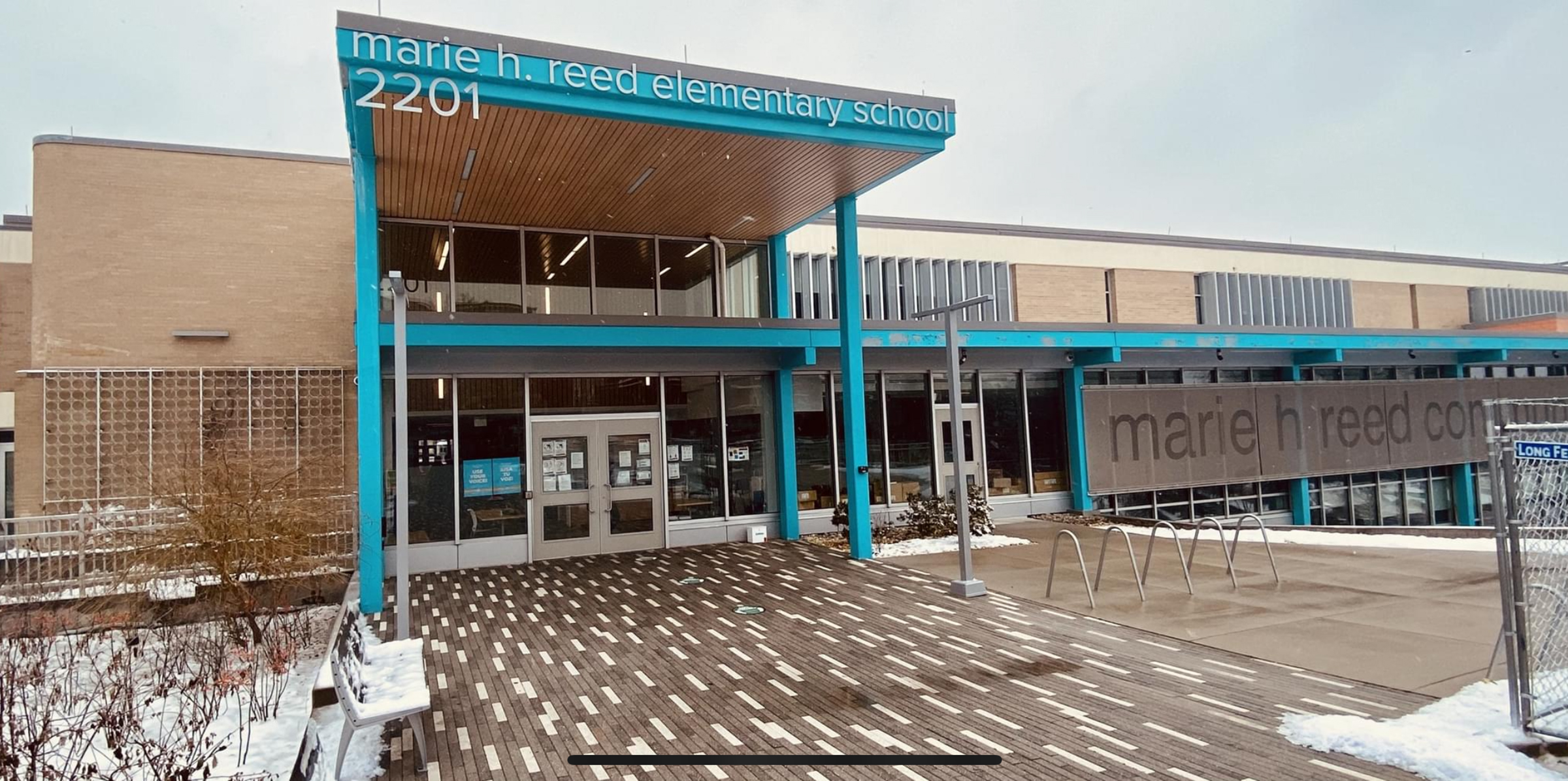
By Shumayl Fatima Hassan and Nancy Diaz
Trinity Times Correspondents
When Washington’s Metropolitan Police released its year-end crime statistics for 2023 showing a staggering 39% spike in violent offences from the year before, Trinity Washington University graduate student Maria Deschamps began to wonder how the exposure to this urban plight would impact the physical and mental well-being to her school-aged child.
In a city where the police reported a 35% increase in homicides and a 67% jump in robberies in 2023, that kind of crime would appear to filter into the lives of the children in the Washington school system, Deschamps said.
Students at Washington’s Marie Reed Elementary School have reported feelings anxiousness, worry and are often fearful for their safety, said Juana Marquez, a counselor at the school and a Trinity alumnus.
“Violence and crimes are everywhere,” Marquez told Trinity Times. “My students tell me that they are scared to come to school and are scared that something will happen to their families.”
Research shows that 8 to 12% of children suffer from anxiety, which may “interfere with cognitive development, achievement motivation, and social relationships through adolescence and into early adulthood with profound implications for adaptation across the life span,” according to an American Counseling Association report entitled “Addressing Anxiety in School Settings: Information for Counselors.”
As more students experience emotional distress due to violence, Marquez said as a school counselor she finds herself implementing crisis interventions, often to support her students and their families.

Since most of these crises are unexpected and traumatic, Marquez said the appropriate response requires an entire village to support the students, their families, and the school personnel.
When students experience distress, they are referred to a crisis team of mental health professionals, including social workers, school counselors, and psychologists.
However, the growing number of students who are reporting being assaulted on their way to school or in their communities and more students displaying aggressive behaviors when their parents have been victims of a crime or killed has put a strain on the mental health resources available to school-aged children and their families, said Evelyn Iraheta, an adjunct professor in Trinity’s graduate counseling program, who has also worked as a high school counselor.
Students in Trinity’s graduate counseling program are often called on help with school-age children in need of emotional support, but often find themselves with challenges when accompanying the youngsters, Iraheta said.
“They often feel like their hands are tied up because every student and client have a different level of need,” she said, “and with the lack of resources, there is only so much they can do to support them during a crisis.”
The lack of funding and community resources needed to help students and families who are victims of violence is a significant issue in the District of Columbia, Iraheta told Trinity Times.
It’s important for there to be strategies and resources in the schools to deal with students who experience the trauma that comes with violent crime exposure, said Skylar Batts, a lead preschool teacher at Early Childhood Academy PCS in Washington and a Trinity graduate student in the counseling program.
Batts has observed behavioral changes in students – including anger, defiance, and increased social attachment to teachers, reflecting the broader impact of violence within the community.
One student expressed worries through a drawing, depicting violence and escaping from a classroom, she said.
Along with the need for more resources for mental health support, Batts said it’s important for teachers to foster a positive classroom and school climate, where joy, comfort, and empathy play pivotal roles in encouraging learning, presence, and emotional vulnerability.
“The strategies and resources I find to be effective in addressing the emotional needs of students dealing with the impact of violence would be a designated calming space,” she said, emphasizing the importance of providing students with a safe outlet for expressing their emotions.
Universities like Trinity could play a larger role in promoting safer and more secure environments for school-aged children by encouraging their students to actively engage in volunteer work and trauma advocacy, Batts said. Having more university students engaged in programs like Big Sisters and Big Brothers could add additional support layers and foster a sense of safety and security within school communities in Washington, she said.
What an important issue this is- safety of children in school and care for the safety of their families, as well.
Thank you!